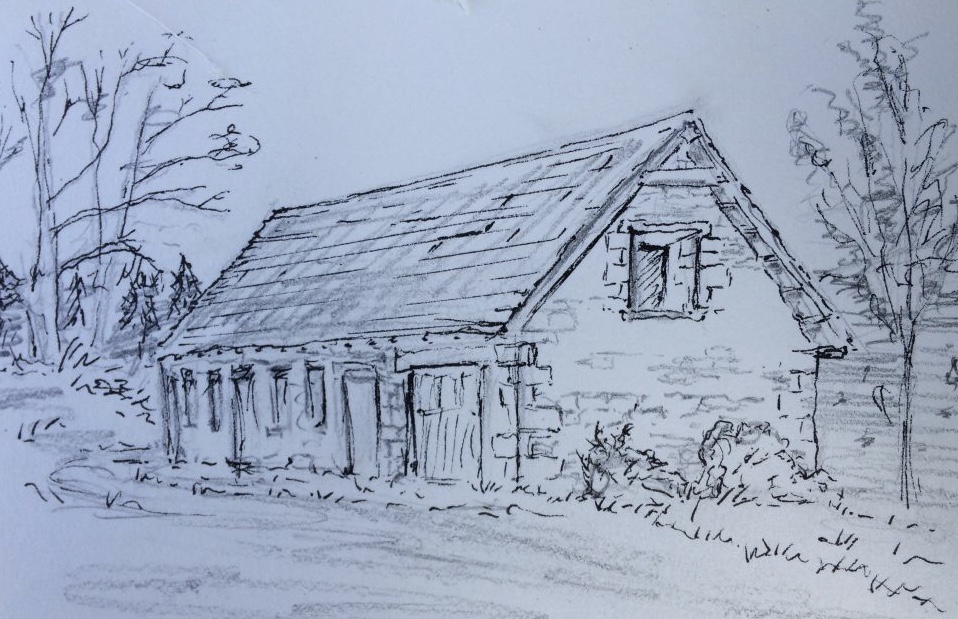
In one of the Argyll glens, not far from Loch Awe, lies a small piece of paradise. Ladyfield Farm has recently been acquired by some friends of ours who want to use it to promote and showcase sustainable living, alongside their love of music, food and wildlife. We were lucky enough to spend a few days there this week on our way to Coll.
We knew it was going to be a special place when we discovered that even the lowly road verges of the glen held the magnificent Scotch Argus – as the name suggests a Scottish butterfly of the finest pedigree. The majority of the croft comprises a 6 acre meadow, where this butterfly also clearly found things to its liking: plenty of wildflowers for nectaring and territorial posturing, and directly adjacent to moorlands with abundant Purple Moor-grass on which they lay their eggs.
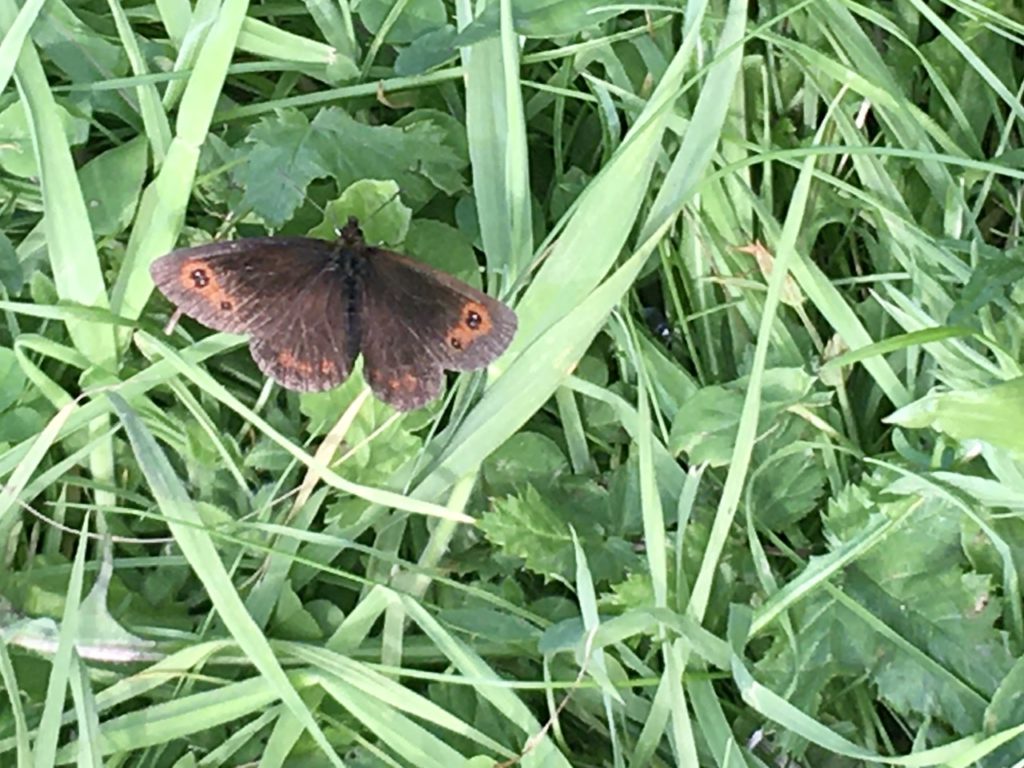
The meadow has not been cut or grazed for a couple of years and, as a result, it was looking a little the worse for it. Nevertheless, the lovely grassland sward, rich in wildflowers including Devil’s-bit Scabious and Tormentil, Knapweed and Sorell, Stitchwort and Sneezewort (the names as lovely as the plants themselves), and stories of Chimney-sweeper moths flitting around it in the spring, had us salivating. However, the build-up of a grassy thatch and the ingress of Dock and Soft Rush, told us that it was beginning to suffer for that lack of management. Thankfully, the new owners had already made arrangements to have it cut and, with care and attention, it will soon be a very valuable piece of Scotland once again.
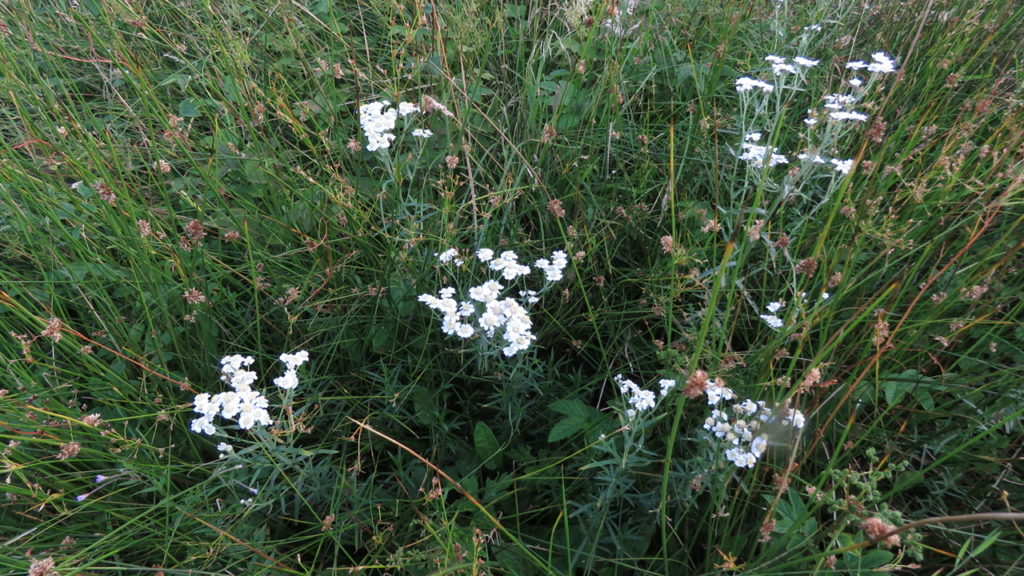
A small pond and fen area adjacent to the meadow provide a lovely complement to it. Sharp-flowered Rush and Soft Rush, with Marsh Cinquefoil, Bogbean and Bog Myrtle, give way to open water with Mare’s-tail, Sweet Grass and primitive Stoneworts. Here too the Scotch Argus was in profusion, as were Black Darter dragonflies and the delicate Emerald Damselfly.
A spot of moth-trapping, one of the WildSmiths’ favourite pastimes, showed just how valuable these habitats are in supporting an abundance of insect life: the poorly named Brown Chinamark, a beautifully marked creature whose caterpillars live a remarkable aquatic existence feeding on duckweed in ponds; the exquisite Dark Marbled Carpet, which had us in ecstasy; a freshly emerged Campion moth, whose presence here in August would suggest that even this far north it now manages a second generation (formerly only observed in England); but star billing must go to Lempke’s Gold Spot and Burnished Brass – the pictures tell you all you need to know about these metallic gems. A total of 87 moths of 31 different species is a decent haul and, I suspect, will be the start of a long list of moths to be recorded at Ladyfield.
We also gave the bird list a helping hand with Redpoll, Linnet, Tree Pipit, Treecreeper, Spotted Flycatcher and Nuthatch. The latter is a bird which only bred in Scotland for the first time 30 years ago but it now appears well established even this far north.
We look forward to further visits to Ladyfield Farm over the coming years and will report back on how the wildlife develops under the stewardship of its lovely new owners.
WildSmiths
August 2020
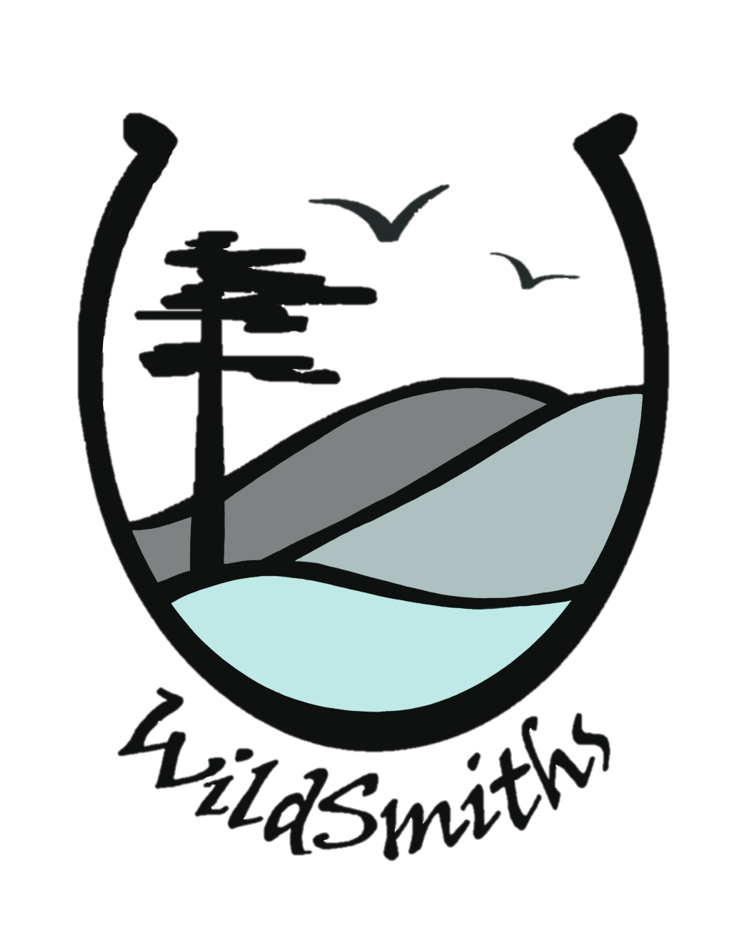

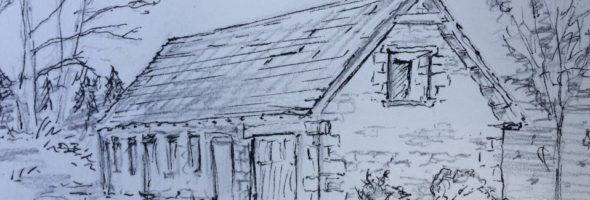
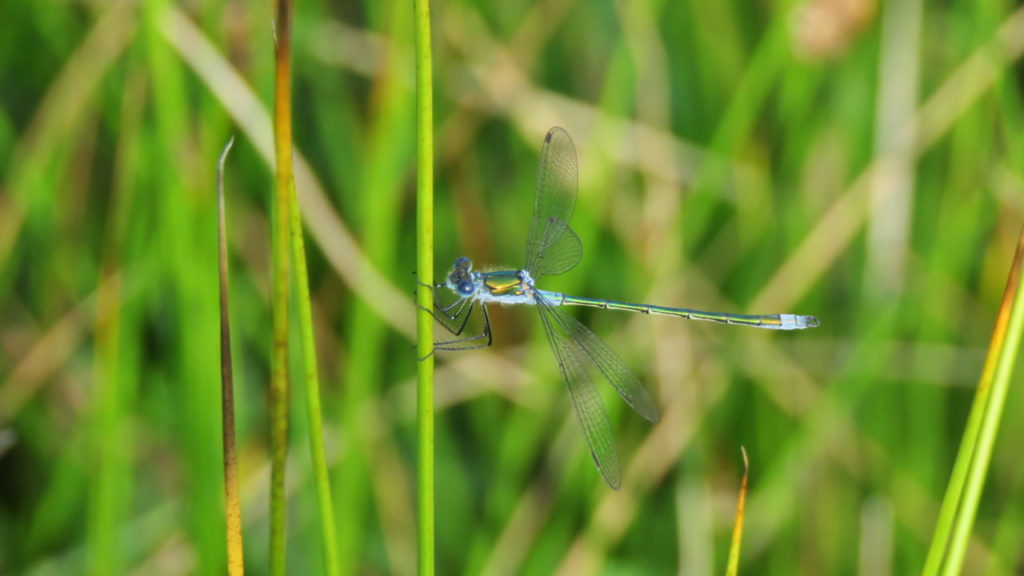
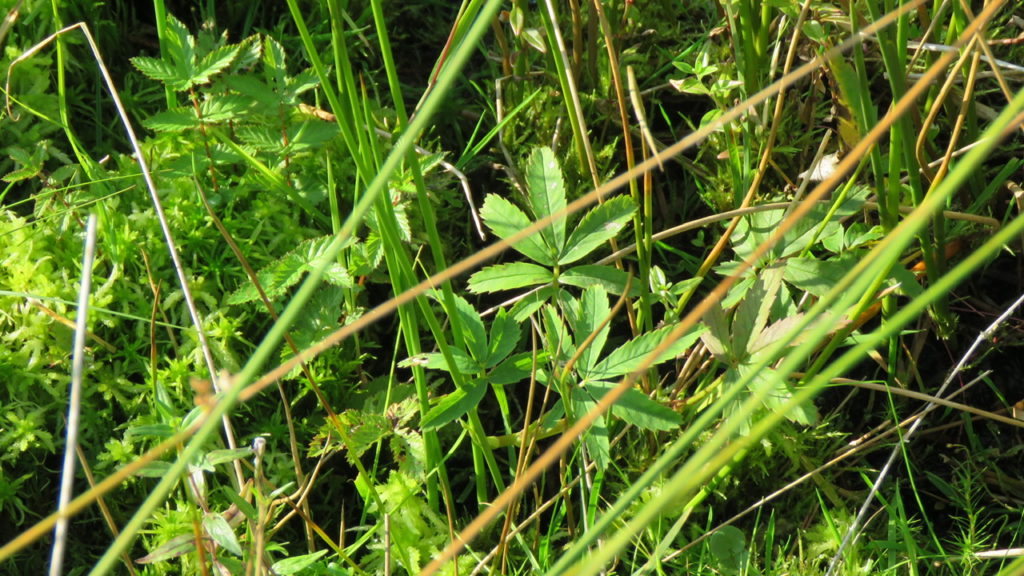
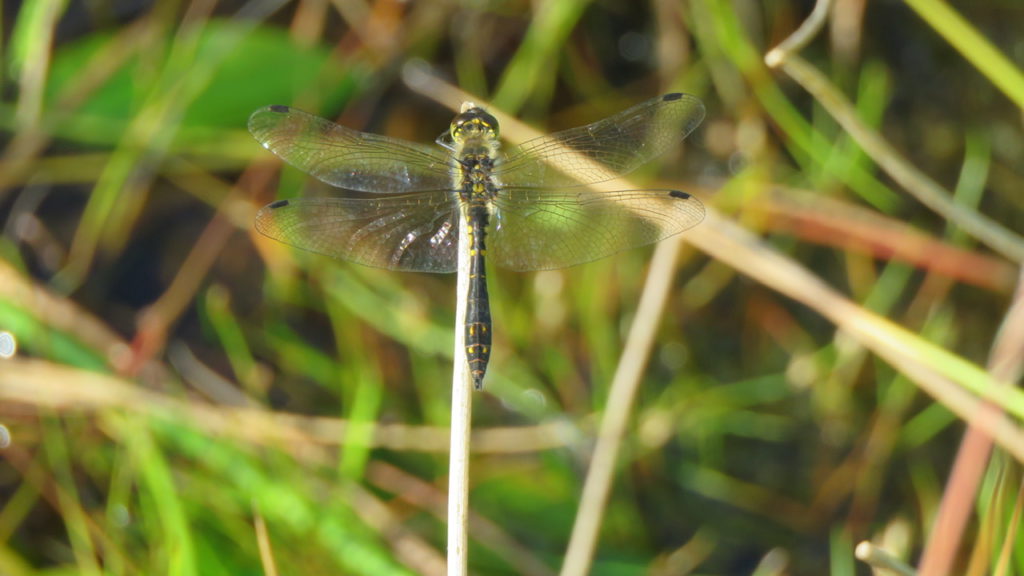
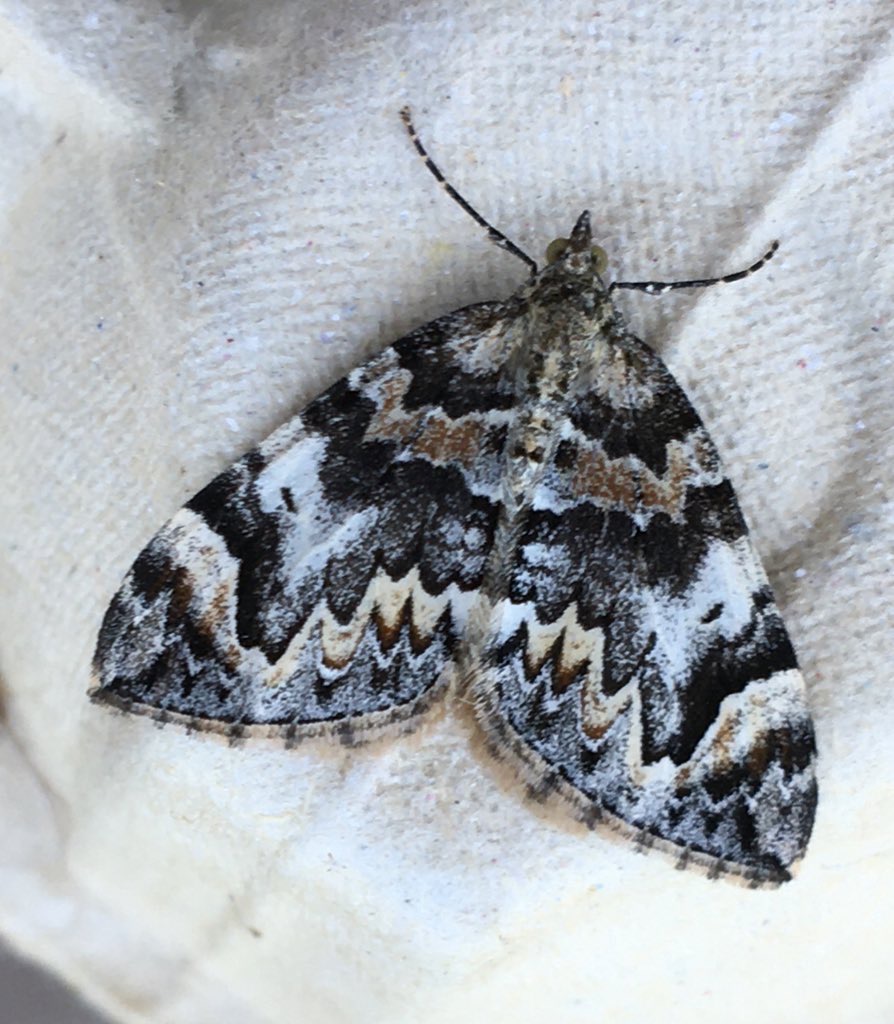


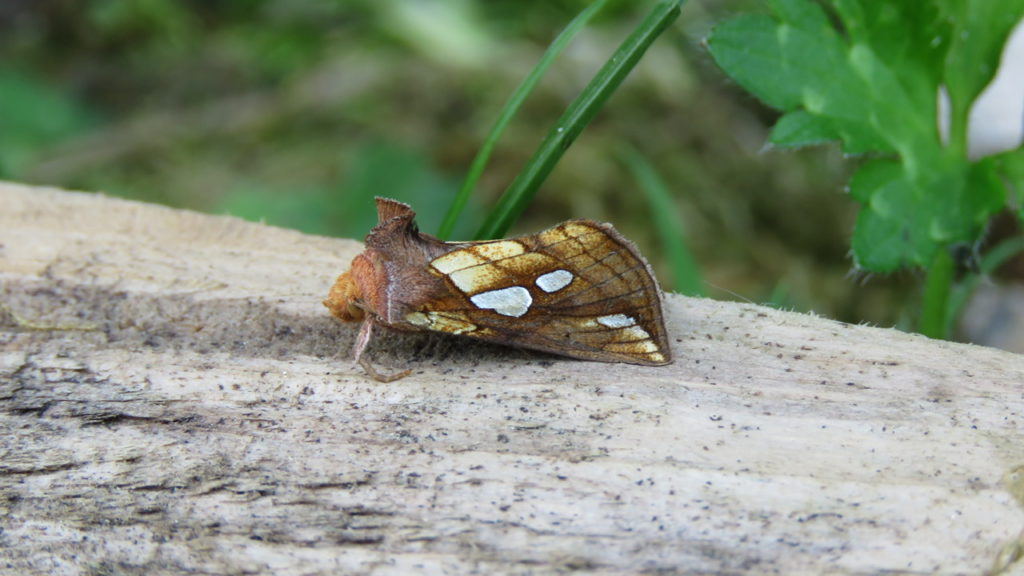
What a wonderful description of a beautiful place…we have had the pleasure of visiting Ladyfield and her welcome new keepers. It is in a stunning location and we know they are already creating a retreat which will showcase so many worthwhile and powerful examples of how to live well with the land. Thank you for sharing your description and we look forward to meeting you in future times.
Thank you, Joy. They really have found a special place, haven’t they?! Can’t wait till we can visit again… Greg
I am a descendant of John Munro and his wife Ann McArthur Munro who farmed Ladyfield as a working farm. They were the grandparents of Neil Munro the Author of many books using his knowledge about the life and times in the area.
They were my great, great, great grandparents and I have been researching my family tree.
As your friend has bought the land and is restoring the area I would love to visit the property and see it as a working wildlife area again after being neglected for so many years.
I live in Spain but would love to visit one day if that would be possible.
Dear Mrs Fulk – thank you so much for getting in touch via our website. I am so sorry not to have spotted your message sooner. What a lovely connection you have with Ladyfield – I’ve read some of Neil Munro’s work and was aware of his Ladyfield connection. I will pass your message on to Adrian and Lindsey. I am sure they would love to hear from you. When you see this message, could you let me have an email address and I will pass that on to them as well. With very best regards Greg Smith